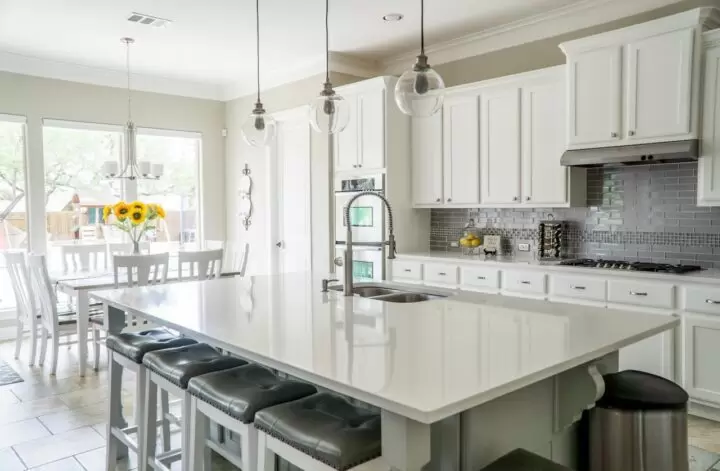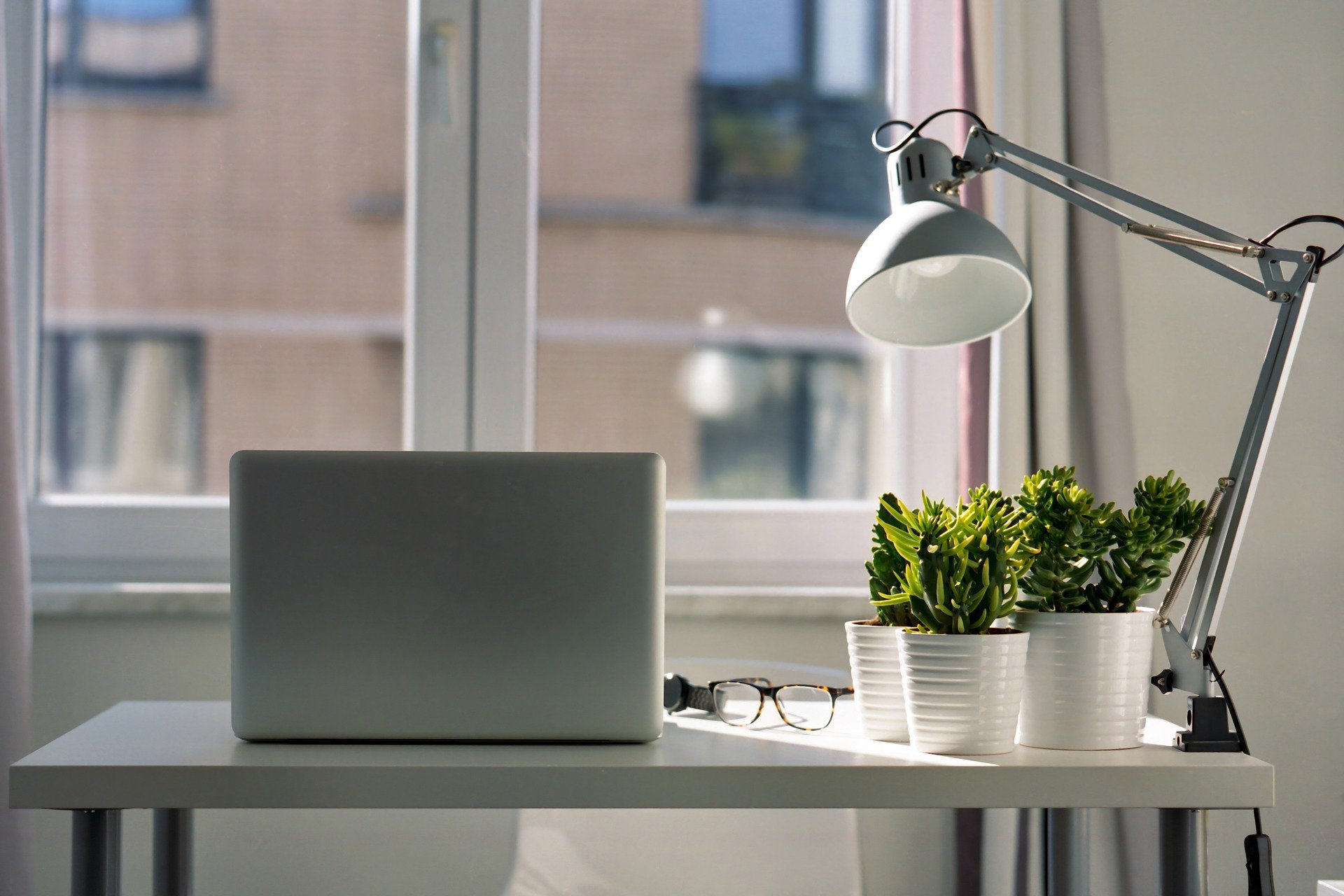Are you hoping to transform your home into a minimal space? Whether you have children or not, your home might feel unnecessarily cluttered. You don’t want this; you want your space to feel clean and inviting. Luckily, there are many simple things you can do to achieve a minimal and cleaner home.
For example, weekly cleaning is a home maintenance task that you should not neglect. Keeping up with a cleaning schedule will help keep your home tidy and clean. Yet, it isn’t the only thing that will help you achieve a more minimal home.
Using this guide, you can find the best tips and advice for achieving a more minimal home without much effort.
Store items in self-storage units
If you want a more minimal and clutter-free home, one of the best things you can do is move stuff externally. You can use local self storage units to declutter your home while still holding onto the things you love and want to keep. Of course, there might be some things that you are happy to donate to charity or give to friends. However, if there are some things you never want to get rid of, you can safely store them in an external unit and enjoy a cleaner and tidier home.
Declutter every room
When we talk about decluttering, we aren’t just talking about one room or a few items. We are talking about the entire house. The premise of minimalism is to only have things that bring you value or happiness. Go through every room in your house and look at every item you own. Anything that doesn’t serve you must be let go. You must be honest with yourself about what is truly necessary.
Choose functional furniture
In minimalism, there is less furniture and more purpose. Pick furniture that is both aesthetically pleasing and has a functional purpose. Consider versatile pieces, for example, storage ottomans or coffee tables with built-in compartments to store away clutter, in order to get more use of less furnishings.
Opt for a neutral colour palette
A neutral colour palette is an easy tool to create a minimal room that goes with everything. Having a limited colour scheme with just a few colours helps turn a room into a simpler and calmer area that keeps the simplicity within itself rather than what some people would do and adds loud, overbearing rooms. Some colours are recommended to keep the room neutral. Pick out whites and greys, as well as some earthy tones. They are strongly recommended to help keep the room simple but still not drop a focal point.
Keep things simple
Decorate your space in a way that is minimal and intentional. Have a few statement pieces that align with your aesthetics and add to the overall ambience. Avoid overcrowding surfaces in your space with too many unnecessary items. Every decor item you incorporate should have a purpose and contribute to the simplicity of the overall vibe
Simplify your wardrobe
Apply minimalist principles to your wardrobe by adopting a capsule wardrobe. Keep only essential, versatile clothing items you love that can be easily mixed and matched. This not only reduces clutter in your closet but also simplifies the process of choosing outfits.
Hidden storage solutions work a treat
Investing in furniture that contains hidden storage is a great way to hide belongings. Examples are bed frames with drawers, ottomans that open up for storage, or wall shelves with compartments that can hide items. Keeping storage concealed can help keep a dorm room looking clean and organised.
Digital decluttering helps too
Take your minimalist approach beyond physical belongings and into your digital world. Start cleaning up those files, deleting all unnecessary apps from your phone, and unsubscribing from all the email lists you forgot you were even on. Having a decluttered digital environment complements and enhances any minimalist lifestyle.
Question whether you need new things
Another way to practice minimalism is to practice mindful consumption. For example, every time you go to buy something, you must ask yourself whether you really need it and whether the item aligns with your personal minimalist goals. Avoid impulse buys and focus on acquiring only items that truly add value to your life.
Rearranging furniture is a wise idea
Foster open space with furniture arrangements that allow easy movement and flow. Do not crowd rooms with furniture. Instead, use the concept “less is more” and let each piece of furniture become an object for show and use.
Let the light pass through your home
Maximise natural light by keeping windows clean and using sheer curtains or blinds that let light through. Consider using SAD lamps in the darker winter months to optimise lighting. Creating a light space can help to make the space feel a lot bigger than it actually is. Decorate and paint your walls in light and neutral colours.
Choosing the right art will help
If you input illustrations into your minimal place, choose wisely. You want a piece of art that speaks volumes and fits the overall ambience of the room. Go for one large piece instead of many smaller ones to keep things very simple.
Be intentional about what you let into your home
Keeping a minimalist home takes effort and regular smart choices. It’s more than just having a home for everything. It’s being intentional about what you allow to come into your home and making sure it’s still serving a purpose with you. It’s regularly reassessing your belongings and lovingly letting go of the things that no longer fit or bring you joy. It’s being honest with yourself, whether you’re a new mother or a retiree, about the life you now have and determining what will continue to support it best.
You need to mindfully consider framing
Instead of displaying photos and art in a frame with a lot of “noise” (text, patterning, elaborate design), try using really clean and simple frames. The minimal look of the frames will keep your space feeling extremely clean and focused on the art, not on the frame.
Think about your paper clutter
Before you know it, you will be surrounded by paper clutter wherever you look. Maybe it is time to shred the old documents and get up and moving. Since paper clutter falls into the possession category, it should reduce the amount of clutter in your home.
Minimalism in the kitchen
To approach a minimalist home and kitchen, consider what tools you use the most on a regular basis and keep them available. Store the rest. Keep your countertops completely clear of all unnecessary appliances and gadgets. If you don’t use it daily, store it. Create different zones for different tasks in your kitchen, use each zone for its respective task and keep tools for those tasks handy in that zone only. Consider investing in pull-out pantry shelving or concealed trash bins.
Add thoughtful textiles
While we don’t want stuff, fabric items—such as throw blankets, pillows, and rugs—add warmth and a homey feel to the space. Look for simple, high-quality fabrics that add texture without overwhelming the simple aesthetics of the space. Part of that simplicity also comes with colour and a coherent palette. Choosing a few colours that work together will allow the design to feel unified and simple.
Take advantage of negative space
Negative space is a key element of minimalist design. Don’t fill up your shelves and walls; embrace the open space. Allow areas of your home to remain empty, and you will be able to see more of the focus pieces you have in your home, creating a sense of calm and peace.





 Em Português
Em Português En Español
En Español